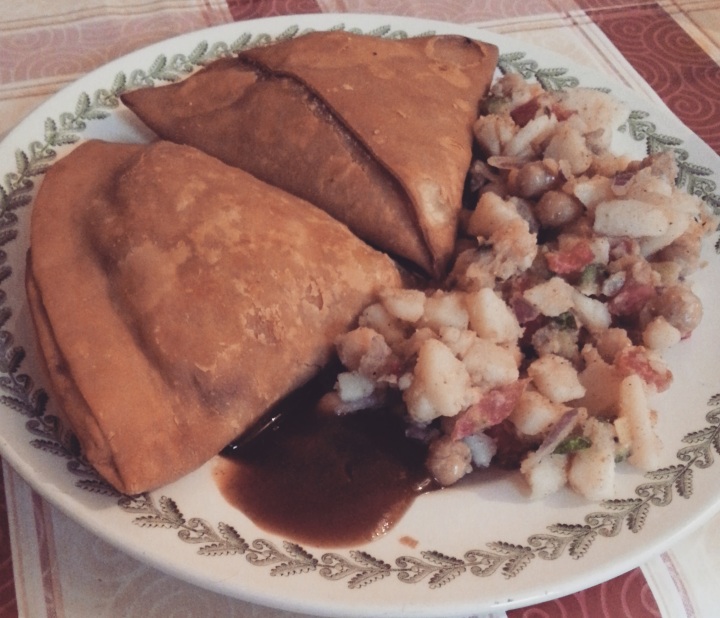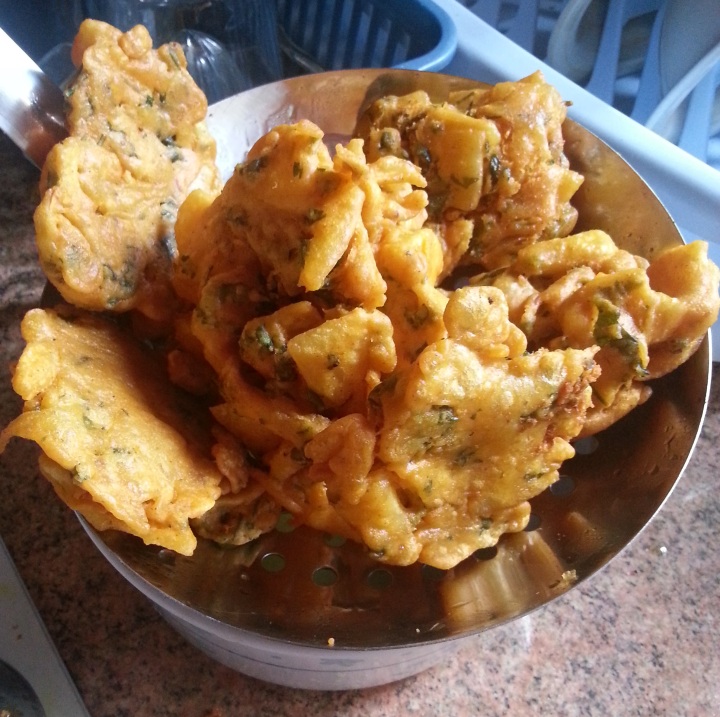Pakistan’s cultural currency – an example
Pakistan is not particularly a nation with its culture in the ascendancy worldwide. The most notable example in recent times is that of Malala Yousafzai’s Nobel Prize win (and, to be quite honest, everything she’s done since recovering from being shot in the head by the Taliban) had people claiming that Malala is the ‘puppet of the west,‘ with people condemning her apparent refusal to critcise the UK or the US, or people criticising her for aligning herself too much with the UK and the US, or not aligning herself with Pakistan, and so on in a similar, reductive vein. For the sake of argument, if Malala is conceivably a ‘puppet of the west’ it would be absolute foolishness to criticise the puppet for the puppet master’s actions. It is, however, a strong argument that Malala is being used as a tool of the west; her campaign for better education rights for women is framed within a narrative of Malala escaping a backwards Pakistan which doesn’t support women’s rights and other such freedoms. A narrative closer to the reality of the situation is that this is a 17 year old girl who has given countless talks about her experiences, her hopes and beliefs; she doesn’t exist to provide a deconstruction of Islam’s place in the west. She is being used as a prop for the white saviour complex and a symbol for what the west is working towards in killing more Pakistani girls than the Taliban. She is more of a symbol than a person; her personhood is, indeed, trumped by the construction of her experiences as cultural currency for the western propaganda machine.
Talking about microaggresions without the inevitable ‘omg who cares’
When discussing racist, imperialistic and colonial structures I find that one of the hardest things to talk about is the category of microinvalidation or microaggression. These are acts of racism which chip away at a person of colour’s sense of self and, whilst generally tolerable during everyday life, are infuriating and damaging on a more general scale. They serve as a consistent, corrosive reminder of the racial hierarchies that privilege white people. One such example of microinvalidation/aggression is that of Pakistani food going largely unrecognised in the UK, as well as being labelled ‘Indian food.’ This is not a criticism of Indian or Pakistani people, those respective countries or the quality of the food. This is about the reception and propogation of those two kinds of food. Given the fact that those two countries were partitioned into separate nations it is entirely understandable that there is going to be a significant overlap in terms of food evolution and development.
The labelling of a wide variety of food only as ‘Indian’ (I’ve lived in the UK all my life and only once have I ever seen a food establishment calling itself ‘authentic Pakistani cuisine’) is one such microaggression. Even to say ‘two types of food’ is quite a stretch given the diversity of cuisines across the regions. However, the popularity of Indian food in the UK is such that it is fully integrated within British culture; ‘going for a curry’ is synonymous with ‘having an Indian’ and is a staple part of most people’s lives. Indian food in the UK is a prime example of cultural exchange, and not cultural appropriation (Everyday Feminism sums this up well, cultural exchange is respectful and contextual, not a costume as with cultural appropriation). Generally speaking, Indian food is well received in the UK and everything from small takeaways, middle-market restaurants and high-class restaurants are a sizable chunk of the food business here.
The problem with this cultural exchange is that more often that not Indian food (and culture) takes precedence over certain influences which to me, as a Pakistani British woman, are obviously from Pakistan. And here we reach the difficulty in communicating microaggressions and microinvalidations because the obvious question is: so what? Why does it matter? It’s still the same food and you know what it is, so just get over it.
Why it’s a problem
As I’ve said earlier, the history of the foundation of India and Pakistan, their proximity and their development into independent nations is one which has resulted in a permeable cultural border between the two. Usually the cooks in establishments labelled as Indian cuisine have Pakistani people working in the kitchens so, bearing all these points in mind, it is hardly surprising that there is a significant level of cultural exchange and merging between the two nations. This, however, becomes significantly less tolerable when we compare the cultural capital of India against the cultural capital of Pakistan.
The prevalent cultural representation of India is that of Bollywood, the food, the Taj Mahal, saris and bindhis. Now, if you’re not South Asian what do you know about Pakistan’s culture? The terrorism? The Taliban? The political turmoil? The corruption? The poverty? I’m not saying that India is not represented as without poverty or corruption or political turmoil because both India and Indian people are constructed as ‘Other’ and thus subject to the same racist portrayals as Pakistani people. The point I’m making here isn’t even about India and Pakistan directly. The point is about how Indian food and culture is received in the west, as opposed to Pakistani food and culture. It is a microaggresion to have Pakistani food’s origin erased and overtly positioned as Indian; the cultural and symbolic capital that affords Pakistan something that isn’t terrorism is part of the structural racism and xenophobia directed at Pakistan, diasporic citizens and second- and third-generation Pakistani immigrants.
Are there differences?
Happily, Buzzfeed have published a list of 25 Pakistani Dishes Everyone Needs to Try and I highly recommend reading it, if only for the argument raging in the comments section about what constitutes Pakistani or Indian food with a number of people disbelievingly having some form of ‘BUT THIS IS INDIAN FOOD’ comment. Realistically, only generalisations about the difference between the two can be made; there will, of course, be dishes specific to certain areas, influences and interpretations across a range of areas but that’s an entirely different blog post. Pakistani food and Pakistani culture can stand to get more recognition for its cultural attributes; nothing is taken away from India, Indian culture or Indian people in just acknowledging that if the two countries have similar cuisines then some of it is going to have originated from Pakistan. Any such recommendation can only feed into the symbolism surrounding the country. Symbols and labels are important, but, even more so when representing the cultural capital and general knowledge of a minority community. It would only be fair and accurate to give Pakistan a piece of the roti.


Well, I can tell you who to blame for this: The Indians, who either got to the UK before Pakistanis, were more entrepreneurial, or both. It has absolutely nothing to do with UK natives.
If you want to solve this problem, by all means open a Pakistani restaurant featuring your cuisine, or at least eat at one of the Pakistani restaurants that you admit are opening.
Moaning and groaning about Microaggressions doesn’t solve problems, it just makes those “white folks” you need as customers for your new restaurant feel bad. Usually this means they will go somewhere else for their curry, and who can blame them?
If you want to improve the status of Pakistani food, how about a more positive approach?
“As a Pakistani living in the UK, I am very happy to have the many cultural and social advantages that come from living here. What’s really great about living in a Western country is how open they are to the world of other cultures, especially cuisine.
“You probably don’t know this, but my country has its own cuisine, which we are all proud of. Many of the dishes traditionally called Indian actually came from Pakistan. To show my own pride in my culture, I’d like to share a few of them with you …”
See? This makes me curious about your country, in a positive frame of mind. I know it’s not trendy, and it’s not feminist, but it also shows appreciation for your host country as well as your cultural origins.
LikeLike
Moaning and groaning about micro-aggressions? I think that’s an outrageously ignorant thing to say, micro-aggressions form a part of structural racism, that definition exists so people can communicate small and annoying things that are emblematic of a wider racist system.
I’ll start caring about the feelings of white Westerners when those white Westerners acknowledge the impact of genocide, cultural whitewashing, rape and mass displacement that happened during the colonial era
LikeLike
This is honestly pretty confusing to me.
If most of the restaurants serving curry that I go to are named “Indian”, I don’t see it as any kind of affront to Pakistanis to call the places “Indian”. Furthermore, the reason those restaurants are called “Indian” is either because Indians got there first, were more entrepreneurial, or both.
This is not an issue between whites and other races at all. I do not see “white privilege” in calling a restaurant “Indian” or “Pakistani”. It is simply a branding exercise. The “Indian” brand was established by earlier restaurant operators to represent good, cheap food featuring certain flavors. The Pakistani brand is largely unknown to the public, so even if a Pakistani wanted to open a restaurant featuring his cuisine he would be likely to call it “Indian”.
This has nothing to do with race, or discrimination, or evil white males, or whatever. If you eliminated all the white people in the UK in a flash, you would not change the names on those restaurants, and the remaining population would continue to call them by the same names. A bunch of them would probably go out of business, granted, because whites are currently a large part of the population and often good customers. But that certainly doesn’t help anyone of any race.
As I implied in my previous reply, there is a solution to this problem, if you call it a problem. Open a Pakistani restaurant. Make sure the food’s great and affordable. People will come. When it succeeds, open another one, and another. In a few years, when you have a chain of 500 restaurants and are insanely rich, you will find the image of Pakastani food will be so good that you will attract numerous others who will also sell it, with the now-proud Pakistani label on their doors.
I’m trying to explain to you that there are two ways of looking at the world. You can be resentful about the world’s problems, or you can see opportunity. Nobody outside of a very narrow part of academia will ever be interested in microaggressions. Almost everybody wants to go to a great restaurant with fantastic food.
[If you want to know what more or less ordinary people think of this issue, visit here: http://pjmedia.com/instapundit/219512 I found your article as one of the links on the article cited there].
LikeLike